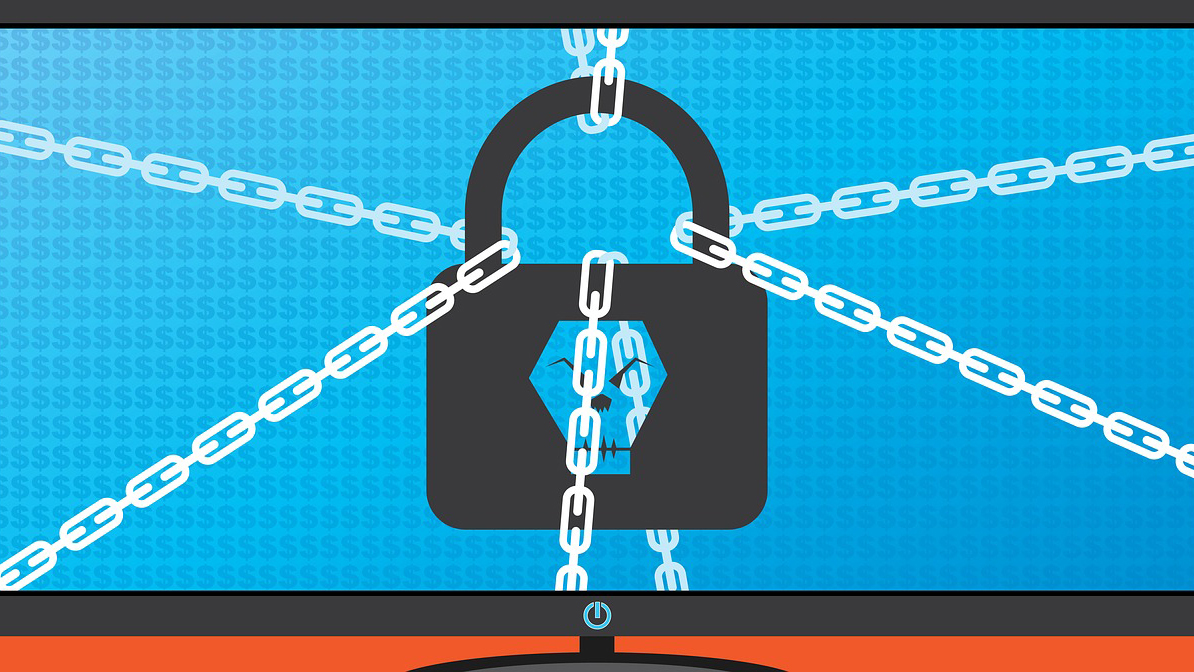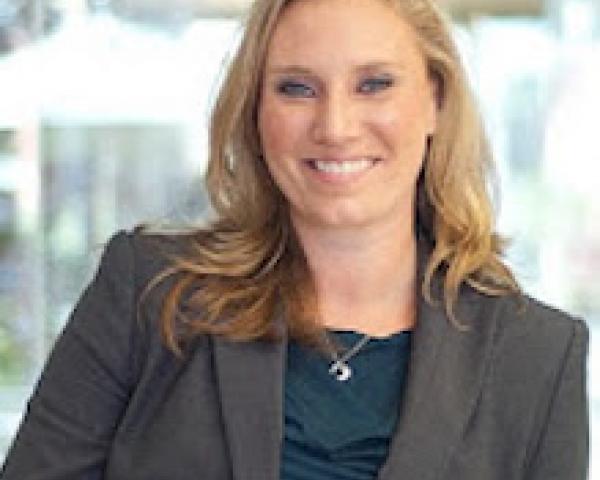Many insurance companies are realizing a one-size-fits-all approach to customer needs is out of date.
Call it the Amazon effect. Customers need speed, service and selection—all at once. Spurred by the pandemic, consumers are rethinking how they spend their time. Inflation, too, has people scrutinizing their spending.
Today’s insurance companies must deliver the efficiency of technology and the personalization of human interaction. It’s no secret that many insurers need to improve their customer experiences. But often, they don’t know where to start.
Digital transformation can be the key to keeping customers satisfied.
Digital Transformation: A Billion-Dollar Opportunity
According to Accenture, the insurance “switching economy” – revenue up for grabs due to consumer spending patterns and switching rates – is booming. Accenture estimates that nearly $500 billion in life insurance and property and casualty insurance premiums are in play “as a result of declining customer loyalty and the perceived commoditization of products.”
McKinsey found that a large, established insurance company could double its profits in five years by digitizing its business. Companies that fail to embrace digital transformation risk turning their offerings into commodities.
In an industry where hundreds of billions of dollars are up for grabs, investing in digital innovation is not optional.
New Table Stakes: What Insurance Customers Expect
Active Digital and Harris Poll found that 88% of customers value an insurance carrier that customizes communications. Eighty-six percent want to interact with their insurance company through all digital channels. Additionally, 79% of customers agree that having a person available to help them online or through an app would make them choose one insurance company over another.
According to IBM, three key steps that marry technology with personalization can help deepen the company-customer relationship. These include leveraging data to personalize customer experiences, using AI throughout the customer journey and interacting with customers at the right time and place through contextualized content.
What Today’s Best-In-Class CX Looks Like
More insurance companies are turning to digital-driven, customer-centric models that focus on customer experience (CX). According to IBM, 85% of insurers use CX initiatives throughout the customer journey, and 90% of companies have a C-suite position dedicated to the consumer experience.
Focusing on CX helps insurers compete on more than just price. McKinsey found that better CX can promote sustainable growth and drive profits faster than raising advertising spending or lowering prices.
Further, McKinsey found that car insurance companies offering best-in-class CX doubled and even quadrupled new signup volume and saw profits 30% higher than those that didn’t. Satisfied customers are 80% more likely to renew their policies than unsatisfied customers.
Employee Engagement Builds Customer Loyalty
Employees are a crucial ingredient in your customer-centric digital transformation. Employee enablement and customer experience are two sides of the same coin.
Insurance Innovation Reporter found a strong inverse relationship between employee turnover and employee satisfaction and productivity. The more stable your talent roster, the better your customer experience.
The connection between employee engagement and customer experience is more crucial in the insurance industry than any other. Engaged employees deliver better customer experiences. Happier customers have a higher lifetime value due to their willingness to buy more, their tendency to refer more and their generally lower service cost.
See also: The Rules of Digital Transformation
Meet Employee Needs and Enhance CX with Digital Transformation
How can digital transformation improve customer experience and promote employee enablement? Here are some tips for approaching digitization with the customer in mind.
Tip 1: Make Your Company More Available to Customers
Insurance companies must meet customers where they are – even if it’s a new venue for the company. These include social media platforms like Twitter, Instagram and TikTok or messaging platforms like Facebook Messenger, SMS, WhatsApp and Telegram.
Not sure where to begin? Focus on personal connection and integrating existing channels. Improve transparency with automated updates on processes and payouts via email, SMS or messaging.
Expanding self-service options can improve customer satisfaction while freeing employee bandwidth. For example, invest in help content or publish resources such as a list of approved vendors to help customers get the answers they need faster.
Use technology to classify customer needs and requests. Consider implementing "rules" that organize and rank all incoming claims. For instance, customers appreciate it when simple claims are solved quickly.
Tip 2: Mix Technology With Personal Touch
By combining the efficiency of self-service with the warmth of personalization, insurance companies can increase productivity and cement customer loyalty.
How? Digitally minded insurance companies must streamline the quote, claims and signup processes. Automation can reduce the cost of the claims journey by 30%. Adding online claims reporting lets you streamline the process by asking fewer questions and leveraging technology that delivers dynamic adjustments.
But you also must ensure customers have a reliable way to access a human. Maintain a robust online presence but have real, informed agents behind each profile, ready to address questions and complaints.
Tip 3: Seek Feedback, Stay Flexible
Customer-centric digital transformation is dynamic. It’s not something you do once and then stop thinking about. Instead, it is an iterative process that improves with continuous assessment and feedback from employees and customers.
Insurance companies pursuing digital transformation must provide more touches over the customer lifecycle. When insurance companies initiate contact outside the standard signup and renewal conversations, it signals to customers that their insurance company is active, available and on top of things.
Insurance companies should provide talent with training and development opportunities. This shows employees that their employer is committed to helping them succeed.
Technology can do things people can't and vice versa. When insurance companies embrace digital transformation while centering customers, they can unlock unprecedented levels of loyalty and longevity.







 Joel Zwicker is insurance evangelist at
Joel Zwicker is insurance evangelist at 













